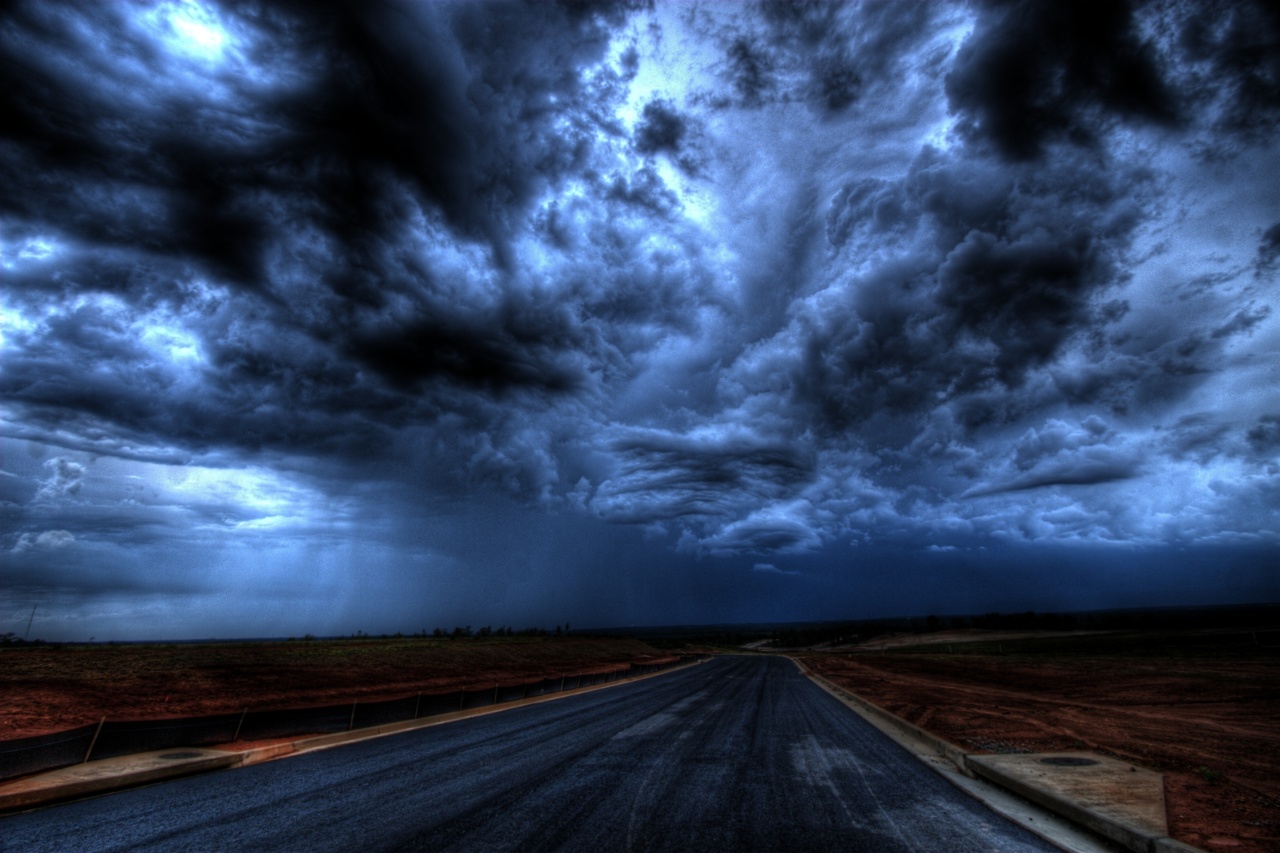Noisy surroundings have become an inevitable part of our daily lives. From blaring horns to revving engines, the constant exposure to excessive noise, especially on the road, can be hazardous to our health and well-being.
In this article, we will explore the dangers of high decibel levels on the road and the impact they have on drivers, pedestrians, and the overall environment.
The Hazards of Noise Pollution
Noise pollution, defined as unwanted or excessive sound that affects the quality of human or animal life, has been recognized as a significant environmental issue.
While it may not be as visible as air pollution, noise pollution can have severe consequences.
Constant exposure to high decibel levels can result in several health issues, both physical and psychological.
These include hearing loss, stress, sleep disturbances, cardiovascular disorders, impaired cognitive function, and even accidents due to reduced concentration levels.
Decibels on the Road: Common Sources of Noise
When it comes to road noise, there are several sources that contribute to the overall decibel levels. Let’s look at some of the most common ones:.
1. Vehicle Traffic
The constant movement of vehicles on roads produces a significant amount of noise.
Whether it’s the honking of horns, the rumbling of engines, or the screeching of brakes, these sounds can reach high decibel levels, especially during peak traffic hours.
2. Motorcycles
Motorcycles, with their powerful engines and often modified exhaust systems, produce higher noise levels compared to other vehicles.
The infamous “boom-clack” sound of a motorcycle’s exhaust can be heard from a considerable distance and can create a disturbance for both pedestrians and other drivers.
3. Construction Sites
Construction sites are known for their relentless noise. The use of heavy machinery, including bulldozers, jackhammers, and cranes, contributes to the overall noise levels in the surrounding area.
Such high decibel levels can cause discomfort and inconvenience for nearby residents.
4. Public Transportation
Buses, trains, and trams are essential modes of public transportation in many cities.
While they provide a convenient means of commuting, the noise generated by their engines, brakes, and constant stops and starts can be a significant source of noise pollution on the roads.
5. Emergency Vehicles
While emergency vehicles such as police cars, ambulances, and fire trucks play a crucial role in ensuring public safety, their sirens and horns can reach incredibly high decibel levels.
Although necessary, the sound emitted by these vehicles can startle and disorient individuals, leading to potentially dangerous situations.
Impacts on Drivers and Pedestrians
The constant exposure to high decibel levels on the road can have serious consequences for both drivers and pedestrians:.
1. Driver Fatigue
Driving in noisy environments can lead to increased stress levels and fatigue. The need to constantly concentrate and be alert in such surroundings can exhaust drivers both physically and mentally, reducing their ability to focus on the road.
2. Road Rage
Noise pollution can contribute to road rage among drivers. The constant honking, aggressive driving, and overall stress caused by excessive noise can lead to frustration and anger, increasing the likelihood of conflicts between drivers.
3. Hearing Damage
Repeated exposure to high decibel levels can result in irreversible hearing damage. Drivers who spend long hours on the road, especially those operating large trucks, are particularly vulnerable to noise-induced hearing loss.
4. Reduced Awareness
Pedestrians are also at risk due to high noise levels on the road. Excessive noise can mask the sound of approaching vehicles, making it challenging for pedestrians to detect potential hazards and increasing the risk of accidents.
The Environment Impact
The impact of noise pollution extends beyond its effects on human health. The environment also suffers as a result of excessive noise:.
1. Disturbance to Wildlife
Animals, both domestic and wild, can be highly sensitive to noise. High decibel levels can disrupt their natural habitats, interfere with communication, disturb feeding patterns, and even cause behavioral changes.
This disruption can have severe consequences on the overall biodiversity of an area.
2. Negative Effects on Ecosystems
Noise pollution can also disrupt ecosystems by altering the behavior and interactions of different species. For example, excessive noise can affect the communication patterns of birds, leading to a decline in breeding success and population numbers.
3. Urban Planning Challenges
The issue of noise pollution poses challenges for urban planners and architects. Designing cities with noise reduction in mind becomes a vital consideration to ensure a healthier and more sustainable environment for residents.
Reducing Noise Pollution on the Road
Efforts to reduce noise pollution on the road can help create safer and healthier environments. Some possible solutions include:.
1. Implementing Noise Barriers
Noise barriers, such as soundproof walls or berms, can help reduce noise levels and shield nearby residential areas from excessive traffic noise. These barriers can be constructed alongside highways or in areas with high levels of traffic congestion.
2. Promoting Public Transportation
Encouraging the use of public transportation can help reduce the number of vehicles on the road, subsequently reducing noise levels. Improved and efficient public transportation systems can provide a viable alternative to personal vehicles.
3. Enforcing Noise Regulations
Stricter noise regulations and enforcement can help control excessive noise levels on the road. This can include implementing noise level limits for vehicles, penalizing offenders, and conducting regular inspections to ensure compliance.
4. Urban Planning Measures
Urban planners can incorporate noise reduction measures into city designs.
This can include creating barriers between residential areas and high-traffic zones, implementing one-way traffic systems to reduce congestion, and promoting green spaces to act as natural buffers against noise pollution.
Conclusion
Noise pollution on the road poses significant dangers to human health, wildlife, and the environment as a whole.
The constant exposure to high decibel levels can lead to detrimental health effects, reduce concentration levels, and contribute to accidents on the road. It is essential for authorities and individuals alike to take steps to mitigate noise pollution and create a safer, more peaceful environment for everyone.






























